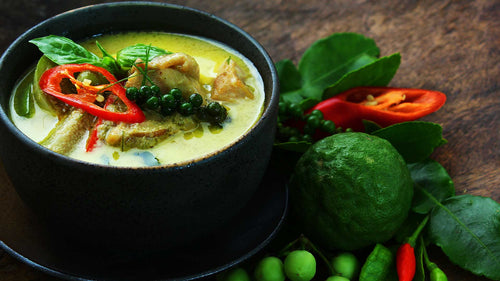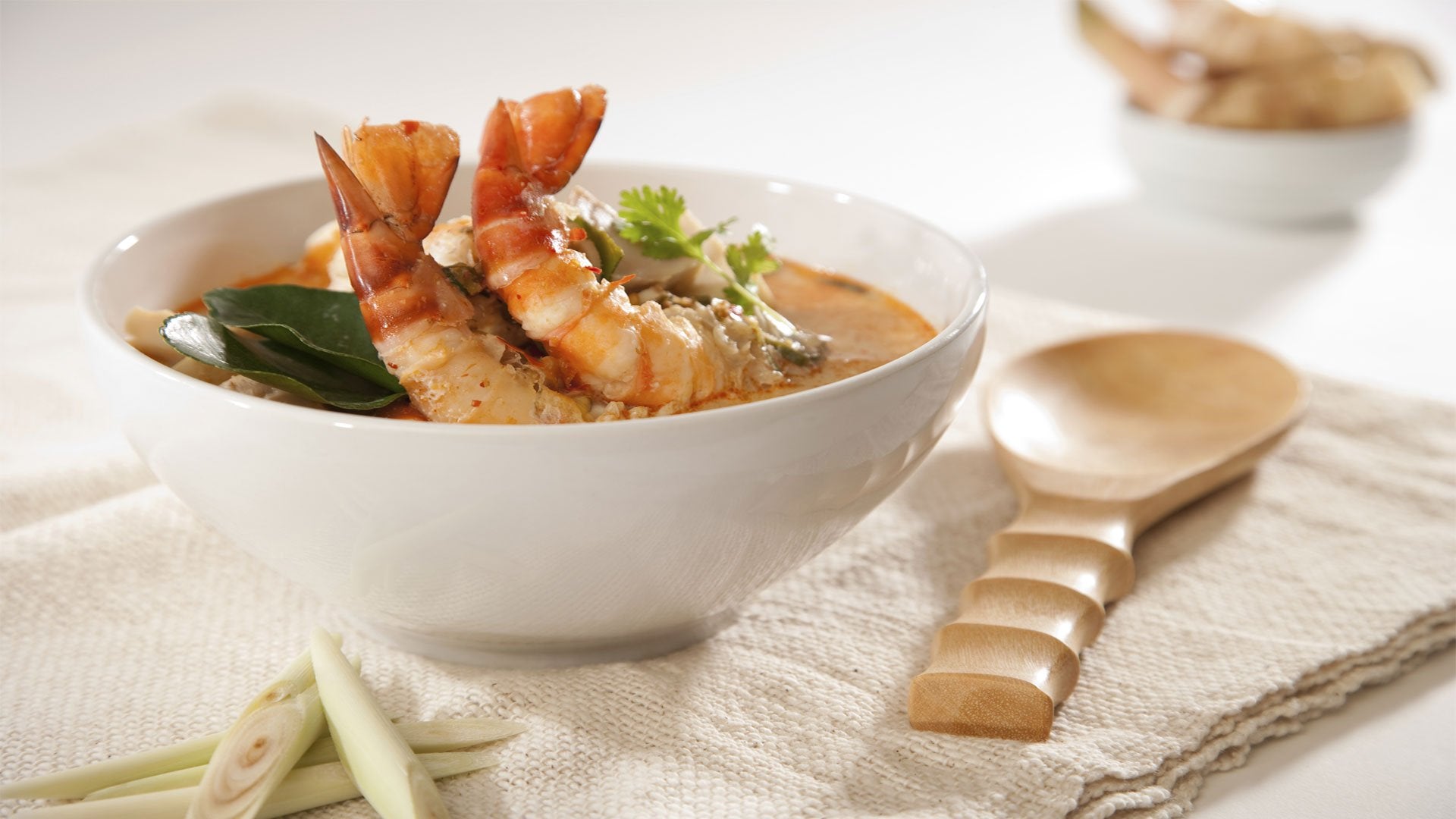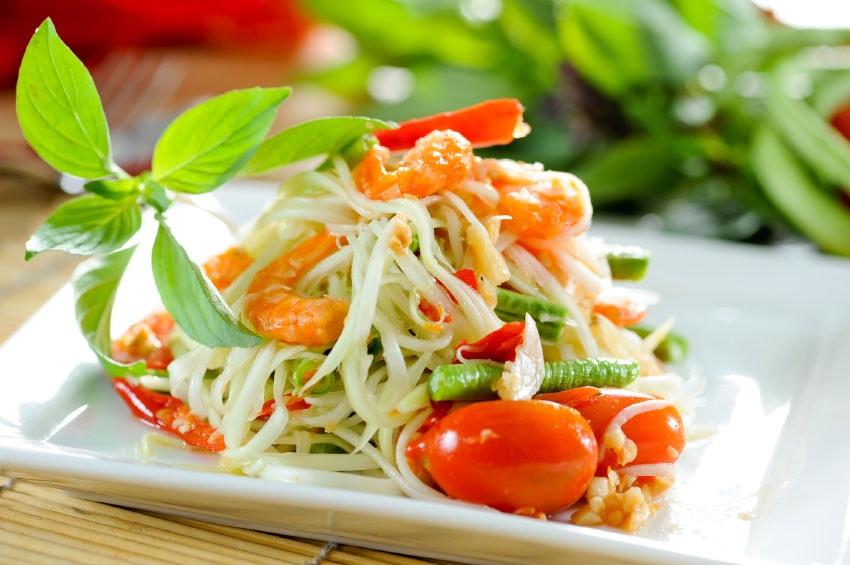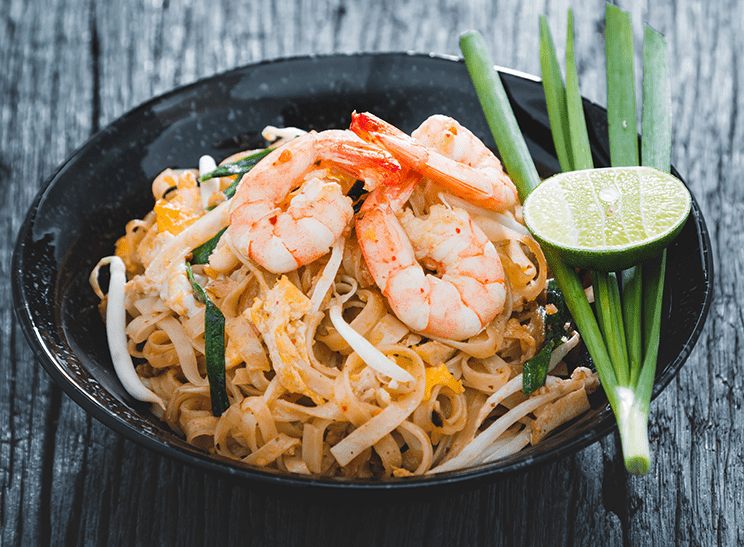A surprising number of us Brits are still very wary of "foreign food". Despite claims that curry is now as much an English national dish as roast beef or fish and chips, there are still many people who are missing out on flavours they never dreamed existed. Whether we like it or not, the British palate is not renowned for its sense of adventure. Our indigenous cuisine is universally regarded as bland and, apart from the odd dash of mustard or horseradish sauce, hot and spicy are not qualities easily found in a traditional British meal.
Indian and Chinese foods have gained wide acceptance as recent generations have grown up with their presence. Other spicy foods that have long been popular in the USA, such as Mexican and Thai, have taken longer to become established in the UK. Mexican cuisine is still something of a novelty, but Thai food has enjoyed a veritable explosion of popularity in the last decade.
It is, perhaps, the universal presence of rice that misleads the uninitiated Brit into assuming that all South East Asian food is much the same. This misconception could not be further from the truth. The four regional styles that comprise Thai cuisine contain a range of unique and spectacular dishes. While the influence of Thailand’s Asian neighbours, particularly China, is present in some recipes, the richly structured native Thai cuisine evolved from a fusion of many influences. Trade routes brought input from Europe as well as other parts of Asia.
Thai cuisine has elements in common with both Indian and Chinese food, but offers advantages over both. The aromatic flavours are more prominent and varied than in Chinese food, and the majority of dishes are lighter and less fatty than Indian foods.
Rice, vegetables, fish and fresh herbs and spices are essential elements. Some common Thai ingredients, such as turmeric, which has anti-oxidant and anti-inflammatory properties, are often included in lists of so-called "super foods". When one also considers the relatively small amount of red meat used in Thai recipes, it is not surprising that it is regarded as one of the healthiest cuisines in the world.
But, health considerations aside, the best reason for the timid British diner to try Thai food is its impressive range of flavours. To get the full benefit of the experience, it is a good idea to partake of a meal served in the traditional manner. The company of two or three people is so much nicer than dining alone, so a Thai meal should be a communal occasion. In general, the more people present, the more dishes will be ordered, and the more different things may be tried. As a rough guide, it might be expected that two people would order three dishes in addition to their rice. Three diners might order four, or maybe five, dishes.
continued »









Leave a comment